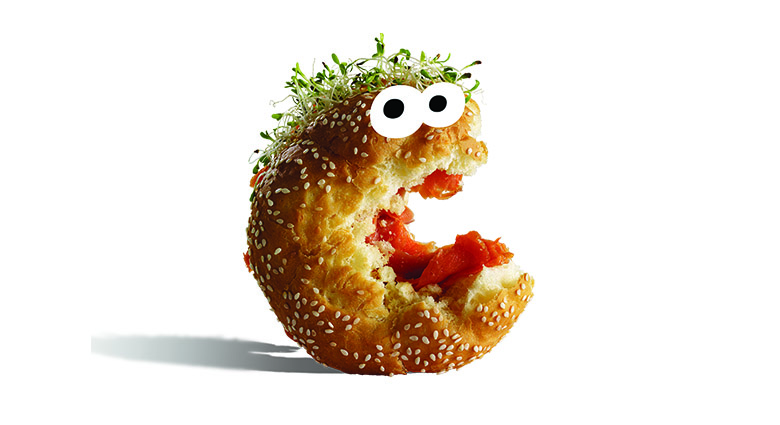
Why do we compost our food scraps? Because not only does it take waste out of our landfills and reduce methane emissions, it turns those scraps into compost and bioenergy. It’s the right thing to do.
What GOES in A Green Bin?
- All food, including produce, grains, dairy, and meat
- Prepared food (leftovers)
- Shells (egg shells, seafood shells) and bones
- Small amounts of fat, oil, and grease
- Wooden chopsticks, skewers, popsicle sticks
- Coffee grounds and filters, tea bags
- Food packaging, such as food-soiled pizza boxes, waxed cardboard, and paper bags
- Food-soiled paper, like napkins, and food-soiled newsprint (often used to line a kitchen catcher)
Why Is It A Problem If Food Scraps End Up In The Garbage?
Food and other organic materials can:
- Create methane, a powerful greenhouse gas that adds to global warming. In the landfill, buried under layers of waste and without access to oxygen, food can’t decompose properly.
- Use up a lot of precious landfill space, which is already limited across the region. Creating more landfill space is undesirable yet more than 30% of what we send to landfill is compostable organics.
- Make waste-to-energy processes less efficient because of their high moisture content. About a third of the region’s waste is dumped in the waste-to-energy facility.
To learn more about what you can compost, and what to avoid when composting, go here:
https://www.personalcreations.com/blog/what-can-be-composted
Here is an infographic below on how to compost responsibly:
https://foodrevolution.org/blog/how-to-compost-infographic/

Leave a Reply
You must be logged in to post a comment.